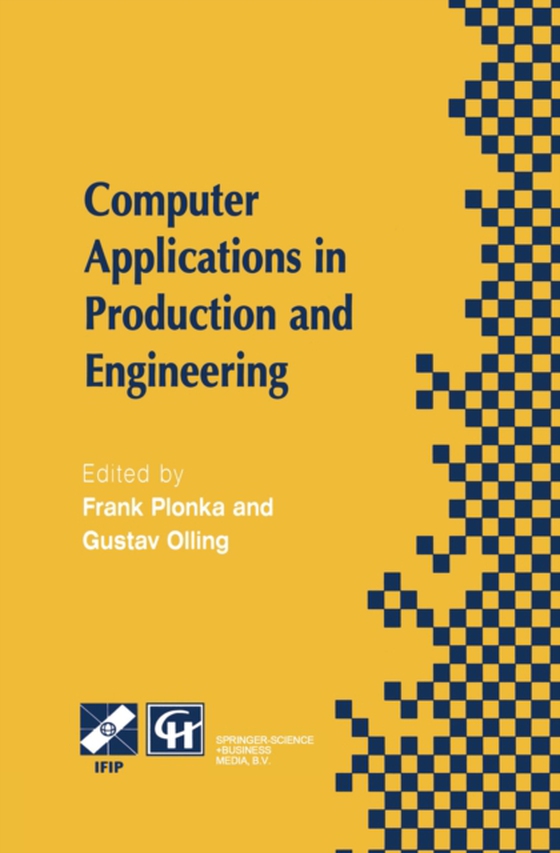
Computer Applications in Production and Engineering e-bog
2921,57 DKK
(inkl. moms 3651,96 DKK)
In the latter half of the 20th century, forces have conspired to make the human community, at last, global. The easing of tensions between major nations, the expansion of trade to worldwide markets, widespread travel and cultural exchange, pervasive high-speed communications and automation, the explosion of knowledge, the streamlining of business, and the adoption of flexible methods have chang...
E-bog
2921,57 DKK
Forlag
Springer
Udgivet
5 juni 2013
Genrer
Management of specific areas
Sprog
English
Format
pdf
Beskyttelse
LCP
ISBN
9780387352916
In the latter half of the 20th century, forces have conspired to make the human community, at last, global. The easing of tensions between major nations, the expansion of trade to worldwide markets, widespread travel and cultural exchange, pervasive high-speed communications and automation, the explosion of knowledge, the streamlining of business, and the adoption of flexible methods have changed the face of manufacturing itself, and of research and education in manufacturing. The acceptance of the continuous improvement process as a means for organizations to respond quickly and effectively to swings in the global market has led to the demand for individuals educated in a broad range of cultural, organizational, and technical fields and capable of absorbing and adapting required knowledge and training throughout their careers. No longer will manufacturing research and education focus on an industrial sector or follow a national trend, but rather will aim at enabling international teams of companies to cooperate in rapidly designing, prototyping, and manufacturing products. The successful enterprise of the 21st century will be characterized by an organizational structure that efficiently responds to customer demands and changing global circumstances, a corporate culture that empowers employees at all levels and encourages constant communication among related groups, and a technological infrastructure that fully supports process improvement and integration. In changing itself to keep abreast of the broader transformation in manufacturing, the enterprise must look first at its organization and culture, and thereafter at supporting technologies.
 Dansk
Dansk

